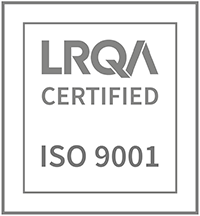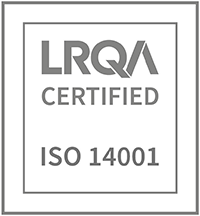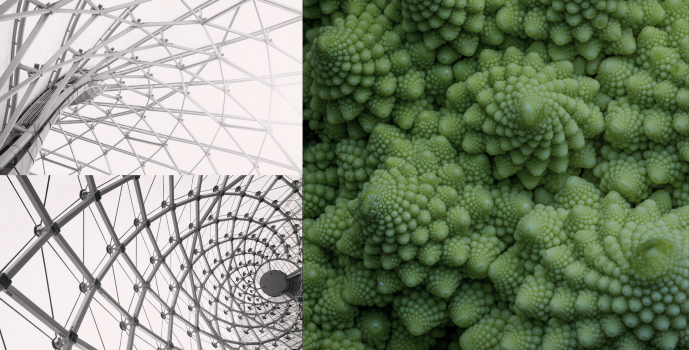On International Day for Biological Diversity, we delve into the innovative world of biomimicry in European and UK architecture. Inspired by nature, architects are exploring the use of biomimicry to create structures that are not only aesthetically pleasing but also eco-friendly. The Carleton University research provides an excellent backdrop to delve into this subject.
What is Biomimicry?
Biomimicry is the design and production of materials, structures, and systems that are modelled on biological entities and processes. It leverages millions of years of evolution and natural design to inspire sustainable solutions for human problems.
The Influence of Biomimicry in Architecture
Biomimicry’s principles are increasingly integrated into architectural design, creating structures that work harmoniously with the environment. In Europe and the UK, numerous examples highlight this exciting development.
The Gherkin, London
Officially known as 30 St Mary Axe, this commercial skyscraper in London’s primary financial district is an example of biomimicry. Its design, which maximises natural light and ventilation, is said to reduce energy usage by up to 50% compared to conventional buildings.
The Eden Project, Cornwall
An iconic example of biomimicry in architecture is the Eden Project. Its biomes, designed by Nicholas Grimshaw, mimic soap bubbles and pollen grains. This allows a lightweight structure that covers a large area without internal support, creating extensive room for tropical and Mediterranean habitats.
The Biomimetic Office Building, Zurich
A leading example in Europe is the Biomimetic Office Building in Zurich, Switzerland. Designed by Michael Pawlyn of Exploration Architecture, this building uses the principles of biomimicry to create a structure that mimics a giant sea sponge’s skeletal structure. It’s an innovative design that optimises the building’s strength-to-weight ratio and allows for optimal light penetration and air circulation.
The Watercube, Beijing
The Beijing National Aquatics Center, better known as the Watercube, deserves mention for its use of biomimicry. The structure’s design was inspired by the natural formation of soap bubbles, creating a lightweight, transparent, and incredibly robust structure that uses less steel than a conventional building. It was designed by a consortium of engineers and architects, including the UK-based firm Arup.
The Power of Biomimicry: Facts and Figures
A key advantage of biomimicry is its potential for sustainability. Research indicates that biomimetic architecture could reduce energy usage in buildings by 30-50%. This is a significant figure, given that buildings account for around 40% of total energy consumption in the EU.
Furthermore, the biomimicry market is estimated to have a value of around $425 billion in the EU and $1.5 trillion globally. These figures demonstrate the economic power of biomimicry and its potential to drive green jobs and sustainable growth.
Biomimicry: The Future of Sustainable Architecture?
As we celebrate International Day for Biological Diversity, the importance of biomimicry in our future cannot be understated. This innovative field allows us to harmonise our built environment with the natural world in an unprecedented way. By learning from and emulating the strategies found in nature, we can design and build efficient, sustainable, and resilient projects while also being aesthetically pleasing.
Biomimicry and Biodiversity
Biomimicry draws inspiration from biodiversity, showcasing the importance of preserving and learning from our natural world. On this International Day for Biological Diversity, it’s crucial to highlight how much we can gain from the myriad species on our planet. Each species, from the smallest bacterium to the largest mammal, has evolved over millions of years to survive and thrive in its environment, offering unique solutions that can inspire our human designs.
Biomimicry and Climate Change
With climate change being one of the most significant challenges we face, biomimicry can be a part of the solution. The integration of biomimicry in architecture can contribute to reducing our carbon footprint. Using nature-inspired designs, we can create more energy-efficient buildings and be less reliant on non-renewable resources.
Policies and Biomimicry
While we have seen some extraordinary examples of biomimicry in architecture, more can be done at the policy level to encourage its wider adoption. Policymakers can provide incentives for biomimicry through grants, tax breaks, and subsidies, driving further innovation in this field. In the EU, the European Green Deal and the New European Bauhaus initiative are significant steps towards a more sustainable built environment, with biomimicry at the heart of the design philosophy.
Conclusion
The power of biomimicry lies in its capacity to innovate in harmony with nature, offering sustainable and resilient designs. So as we celebrate the International Day for Biological Diversity, let’s appreciate the incredible diversity of life on our planet and the various solutions it offers us.
The examples we’ve explored today from across Europe and the UK serve as a remarkable testament to what can be achieved when we look to nature for inspiration. From the ‘Gherkin’ in London to the Biomimetic Office Building in Zurich, biomimicry in architecture is not just a trend; it’s a vital part of our journey towards a sustainable future.
So, on this day, let’s commit to promoting and preserving biodiversity for its inherent value and the valuable lessons it can teach us about sustainable living and design. After all, nature is our greatest teacher.








